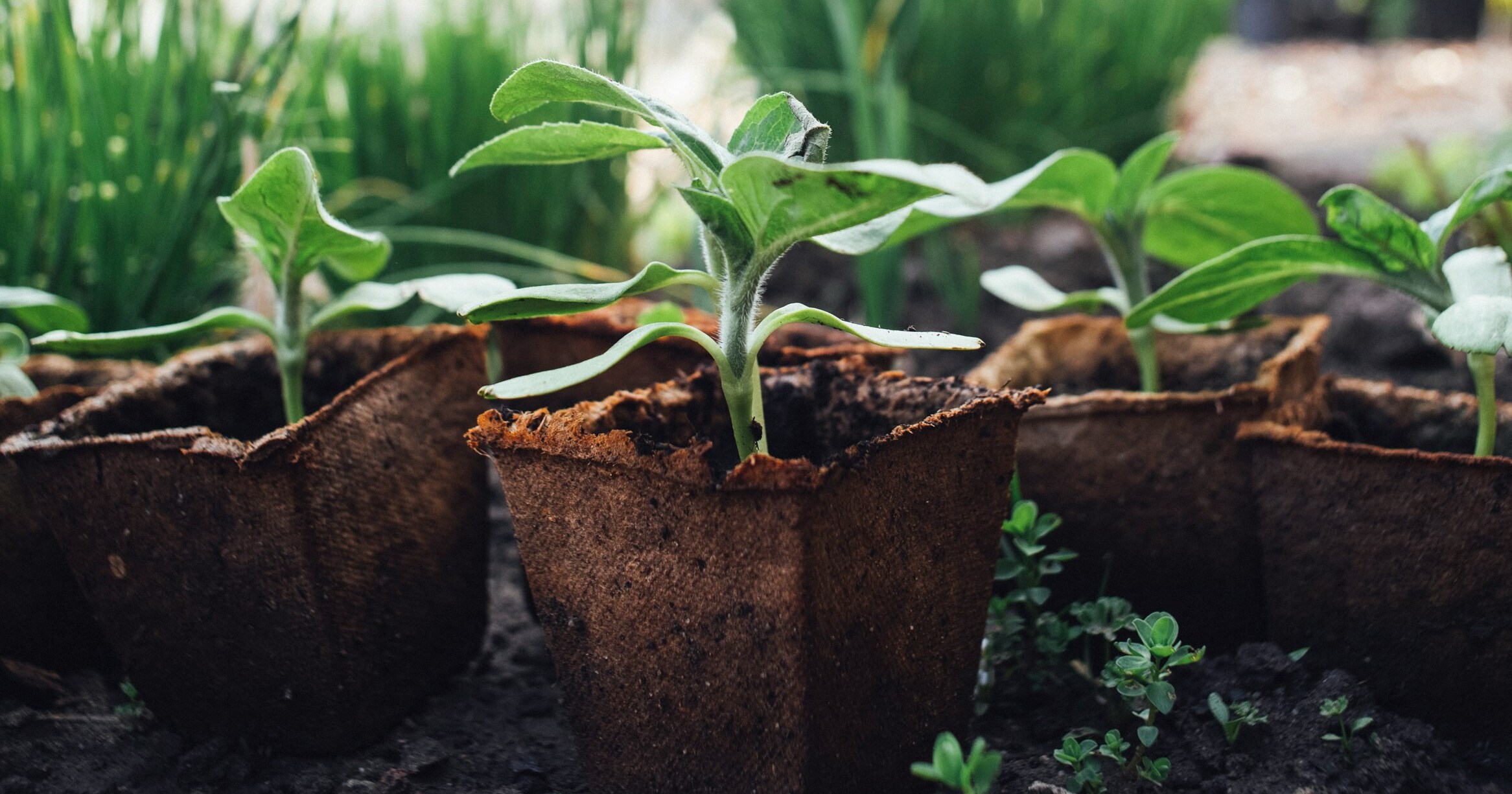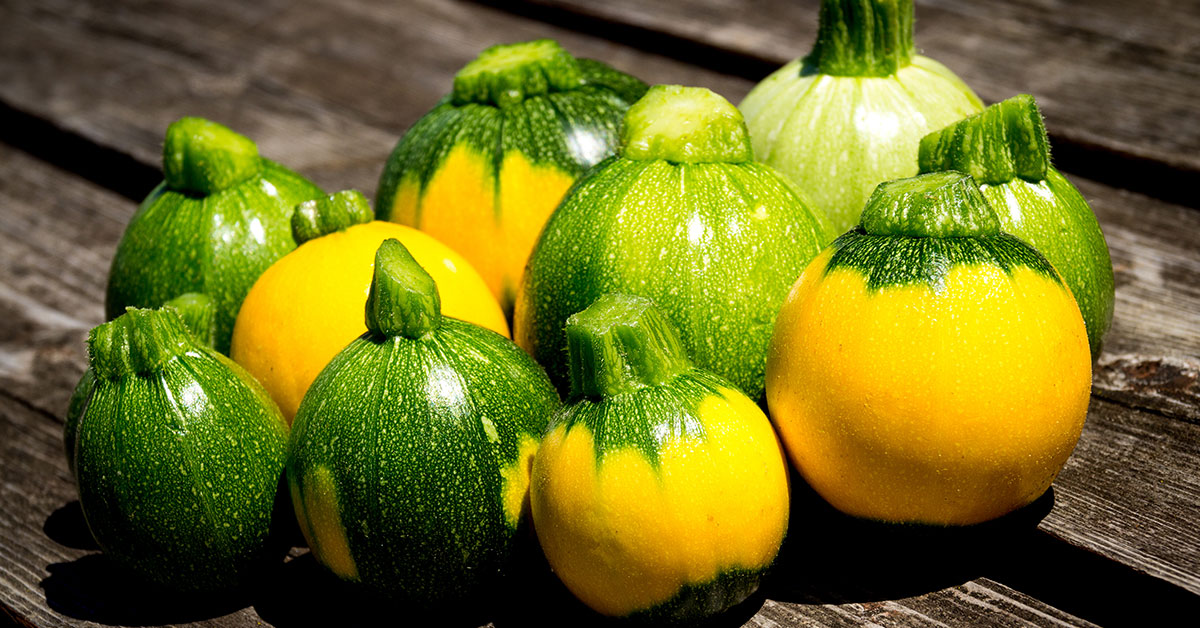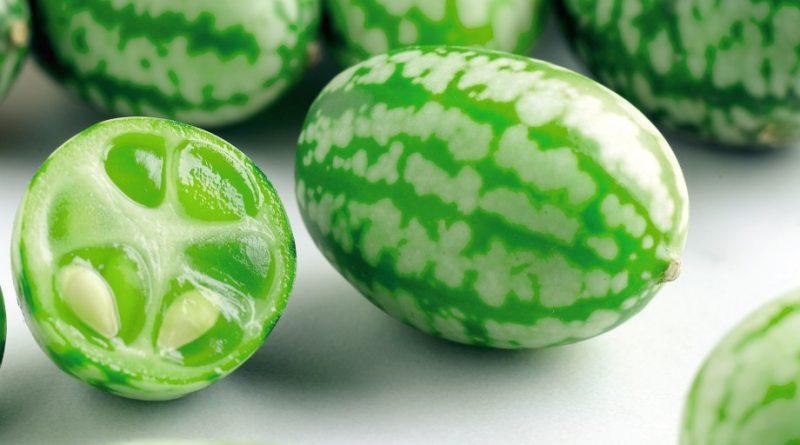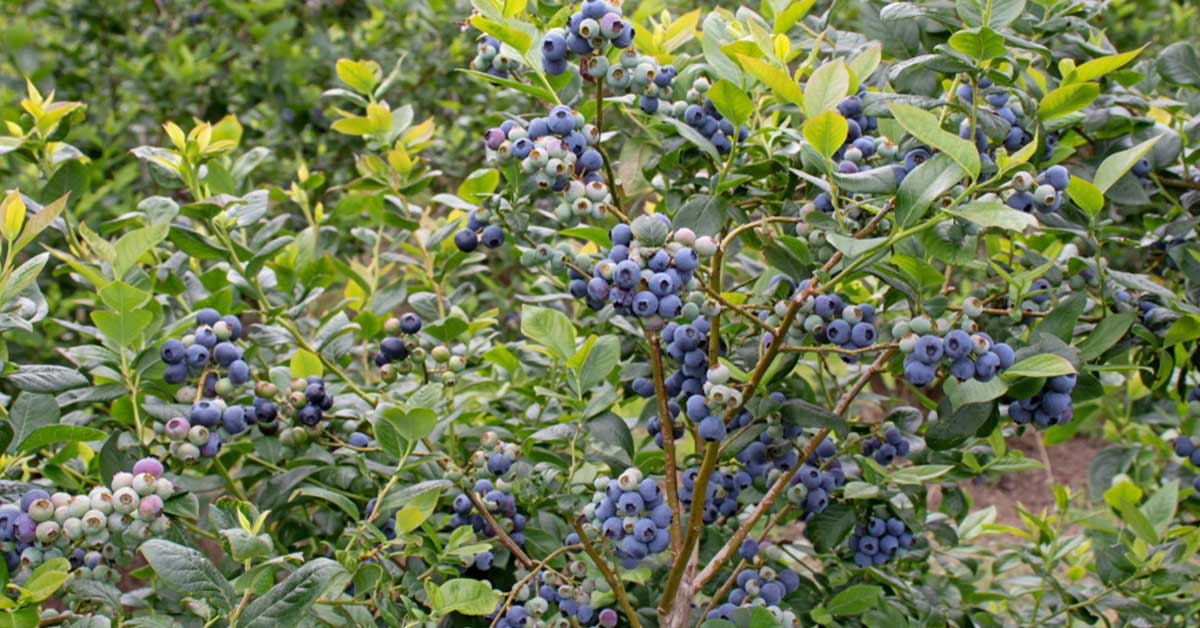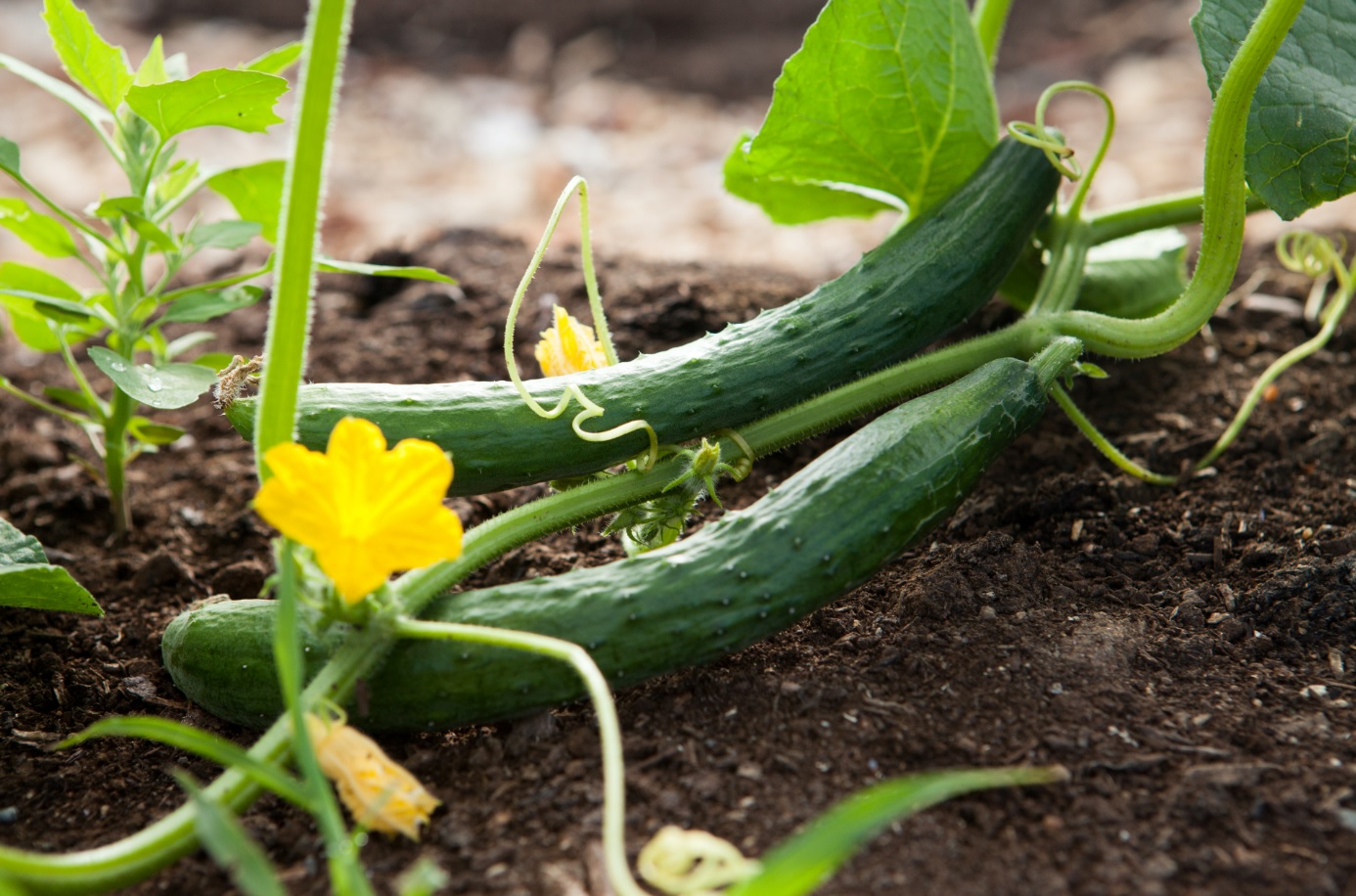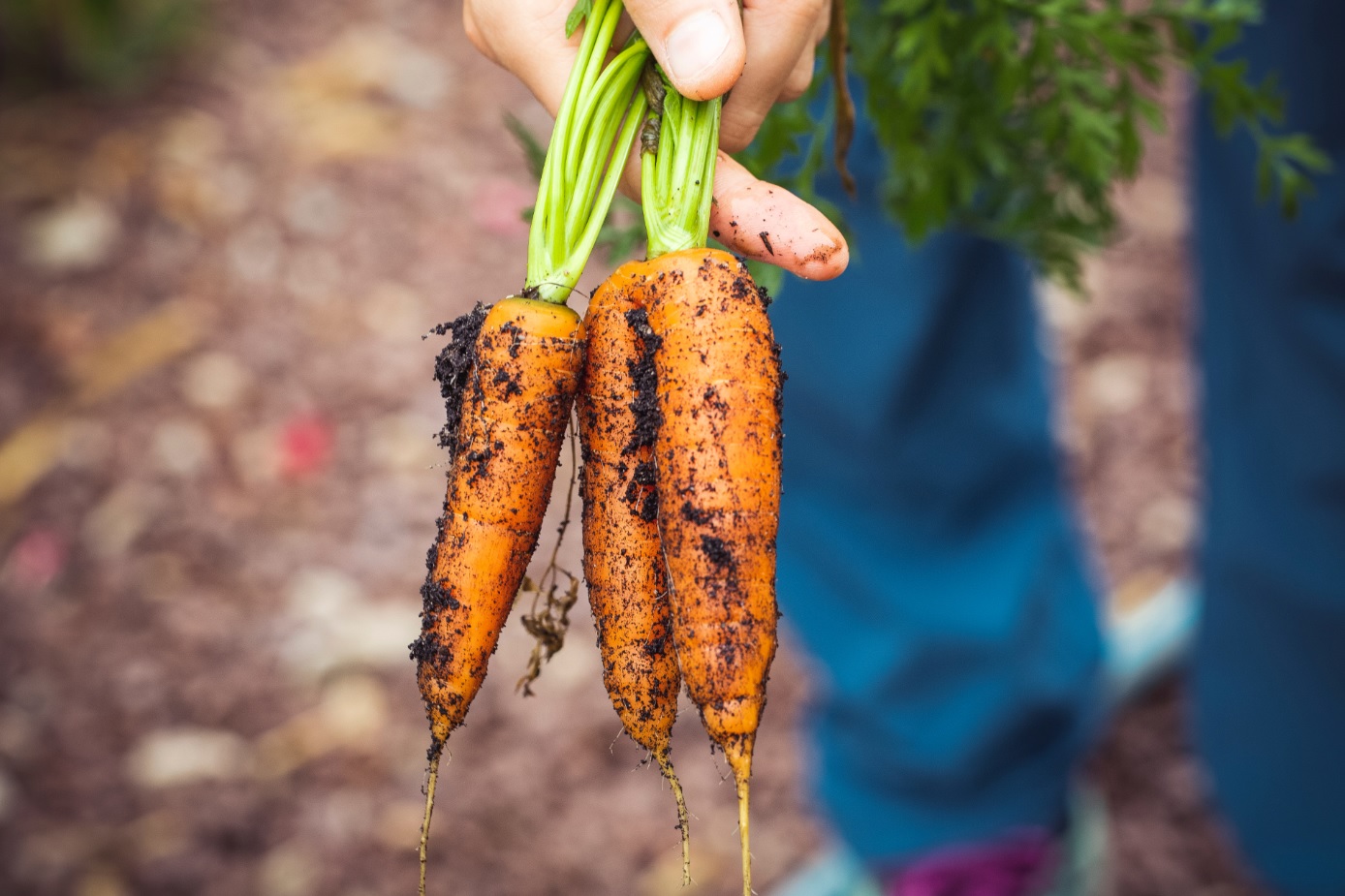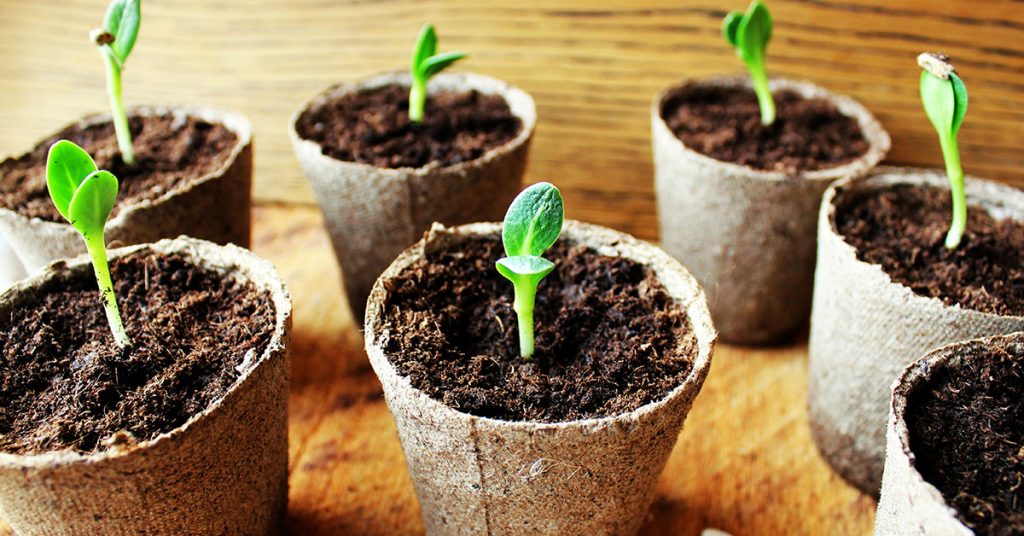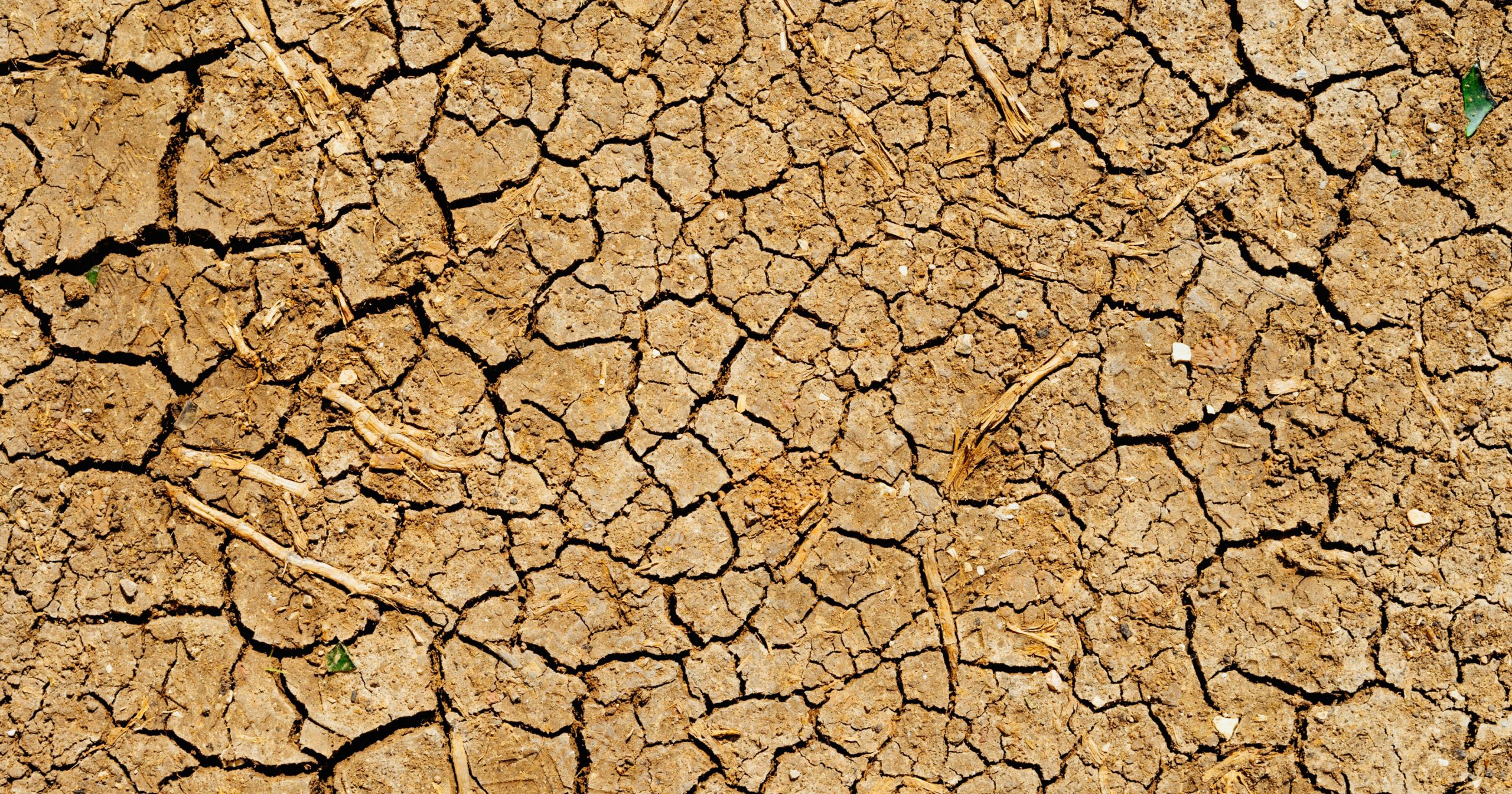Square foot gardening is a fantastic method for maximizing your garden space and yields, making it ideal for small gardens or urban environments. This technique involves dividing a garden bed into square foot sections and planting different crops in each section. It’s an efficient way to grow a variety of vegetables in a compact area, and it can simplify garden management and maintenance. Whether you’re a seasoned gardener or a beginner, square foot gardening can help you make the most of your available space.
In this article, I’ll share twenty vegetables that are perfect for square foot gardening. These veggies thrive in small spaces, making them excellent choices for this gardening method. From leafy greens to root vegetables, each plant has unique characteristics and benefits. Let’s explore these wonderful vegetables and see how they can transform your garden!
Radishes
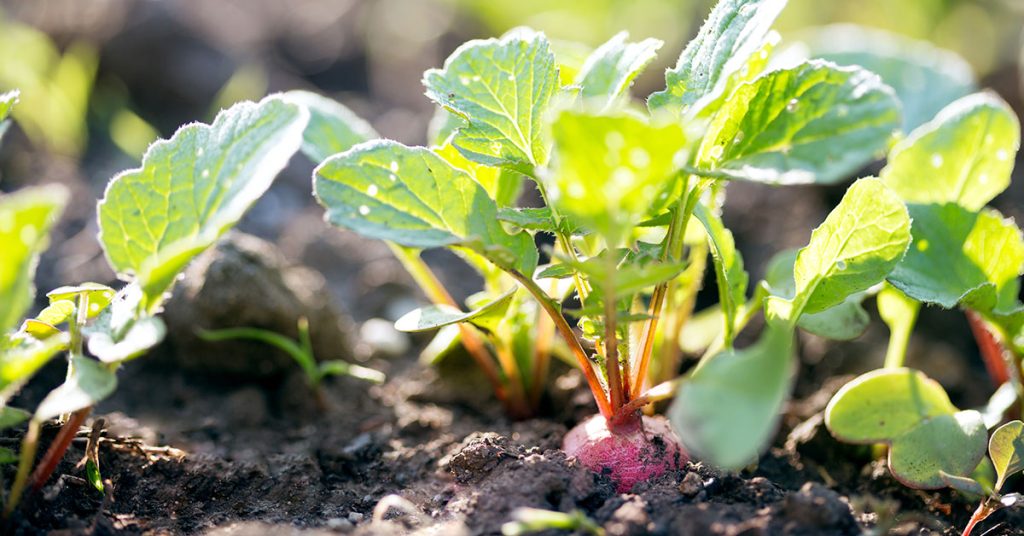
Radishes are one of the best vegetables for square foot gardening due to their fast growth and compact size. You can plant 16 radishes per square foot, and they are typically ready for harvest in just 3-4 weeks. Radishes are excellent for interplanting with slower-growing crops, as they can be harvested before the other plants need more space. They thrive in cool weather, making them perfect for spring and fall planting.
I love growing radishes because they add a spicy crunch to salads and sandwiches. There are many varieties to choose from, including round red radishes, long white daikon radishes, and colorful Easter egg radishes. Radishes also help break up the soil with their roots, improving soil structure for other plants. Plus, their rapid growth makes them a rewarding crop for impatient gardeners!
Lettuce
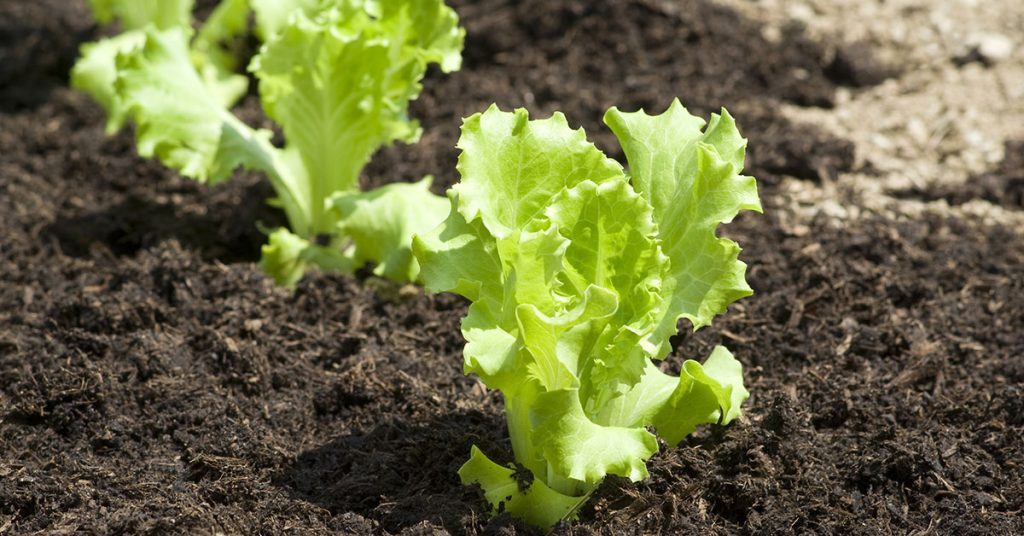
Lettuce is another excellent choice for square foot gardening. You can plant 4 to 6 lettuce plants per square foot, depending on the variety. Leaf lettuce varieties, such as Romaine, Butterhead, and loose-leaf types, are particularly well-suited to this method because they grow quickly and can be harvested multiple times. Lettuce prefers cooler temperatures, so it’s best planted in early spring or fall.
One of my favorite things about growing lettuce is the variety of colors and textures available. You can mix different types in a single square foot to create a beautiful and tasty salad garden. Lettuce also grows well alongside other vegetables, making it a versatile addition to your garden. Regular harvesting encourages new growth, so you can enjoy fresh greens throughout the season.
Carrots
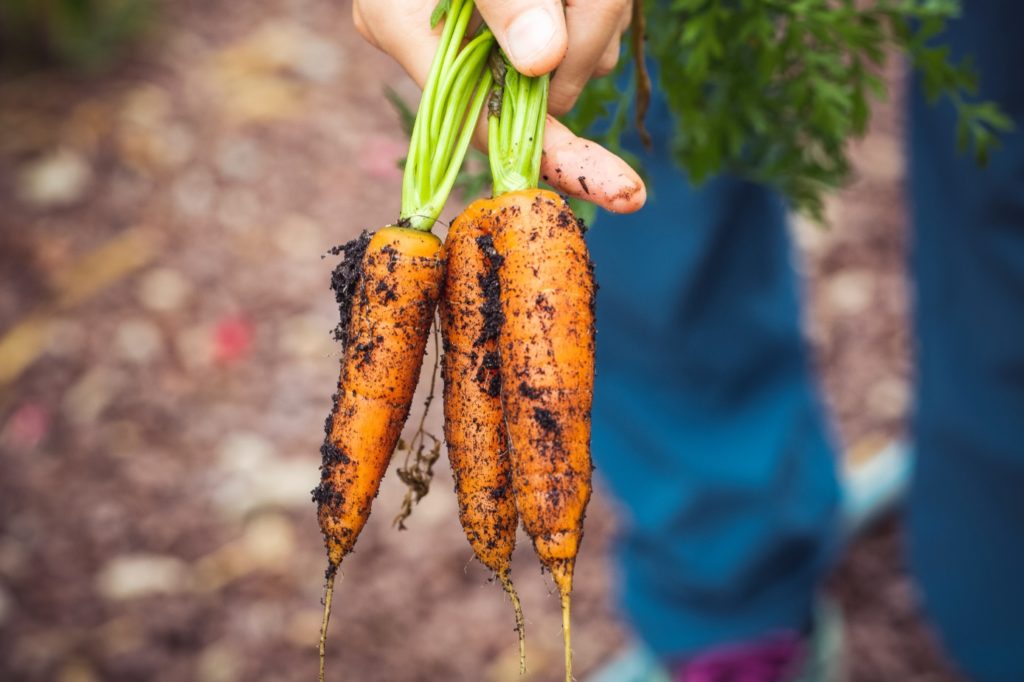
Carrots are perfect for square foot gardening, as they can be planted 16 per square foot. They thrive in loose, well-drained soil, which is easy to achieve in raised beds typical of square foot gardening. Carrots come in a variety of colors and shapes, from traditional orange to purple, red, and even white. They require consistent moisture and thinning to ensure they have enough space to develop properly.
I enjoy growing carrots because they are versatile in the kitchen and store well. Freshly harvested carrots are sweeter and more flavorful than store-bought ones. When planting carrots, it’s important to keep the soil moist until the seeds germinate, which can take up to three weeks. Once established, carrots require minimal maintenance, making them a great choice for busy gardeners.
Spinach
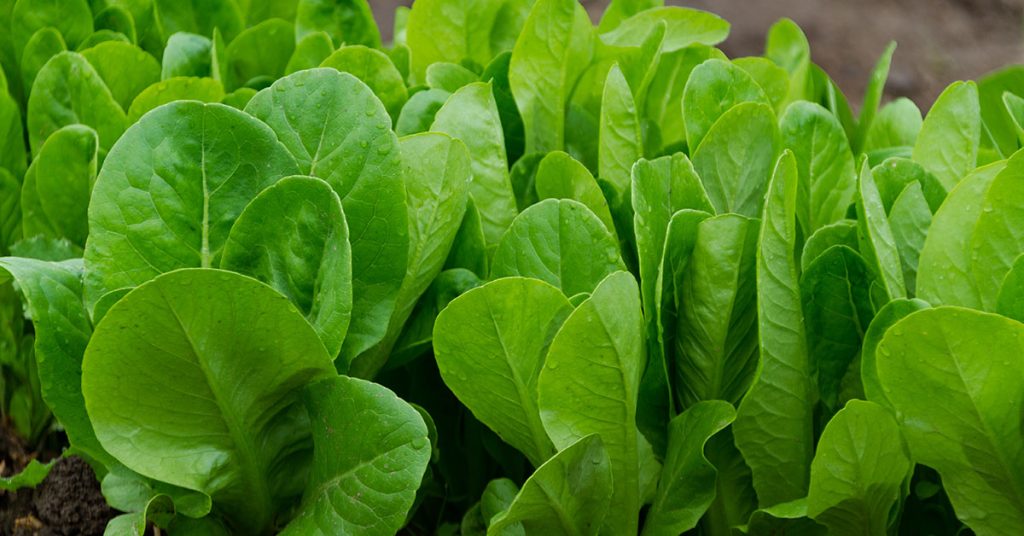
Spinach is a nutrient-dense leafy green that is ideal for square foot gardening. You can plant 9 spinach plants per square foot, making efficient use of your space. Spinach grows best in cool weather and can be planted in early spring and fall. It’s a fast-growing crop, often ready for harvest within 4-6 weeks of planting.
One of the reasons I love growing spinach is its versatility in the kitchen. Whether you use it fresh in salads, sautéed as a side dish, or blended into smoothies, spinach adds a healthy boost to any meal. It also grows well in partial shade, which can help extend its growing season. Regular harvesting of the outer leaves encourages continuous growth, providing a steady supply of fresh greens.
Beets
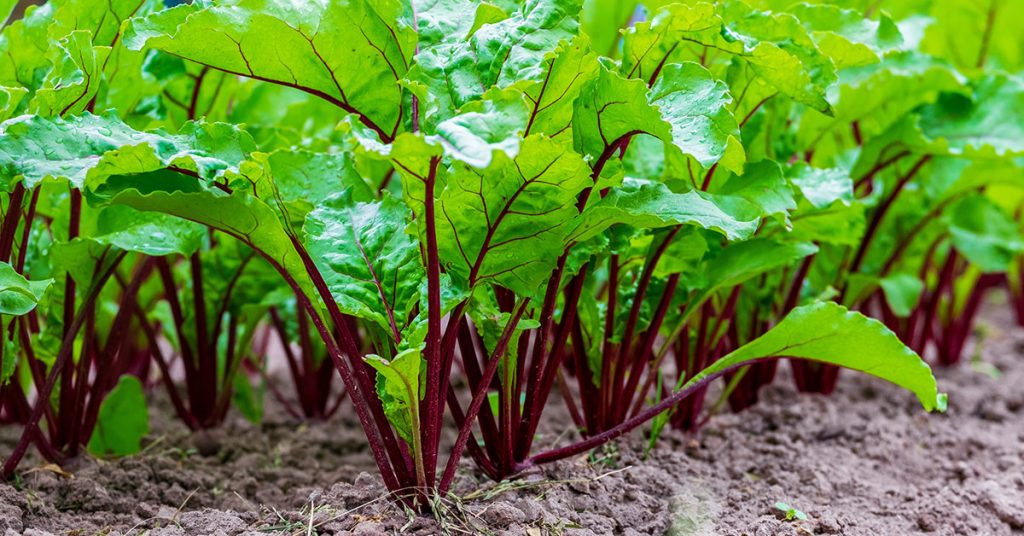
Beets are another great vegetable for square foot gardening. You can plant 9 beet plants per square foot. They are relatively easy to grow and can be harvested for both their roots and greens. Beets prefer cool weather and can be planted in early spring or late summer for a fall harvest. They thrive in well-drained soil with plenty of organic matter.
Growing beets is rewarding because they offer two harvests in one. The greens can be used in salads or sautéed like spinach, while the roots can be roasted, pickled, or used in soups and salads. Beets come in various colors, including red, golden, and striped varieties, adding visual interest to your garden and plate. Thinning the seedlings ensures that the roots have enough space to develop fully.
Bush Beans
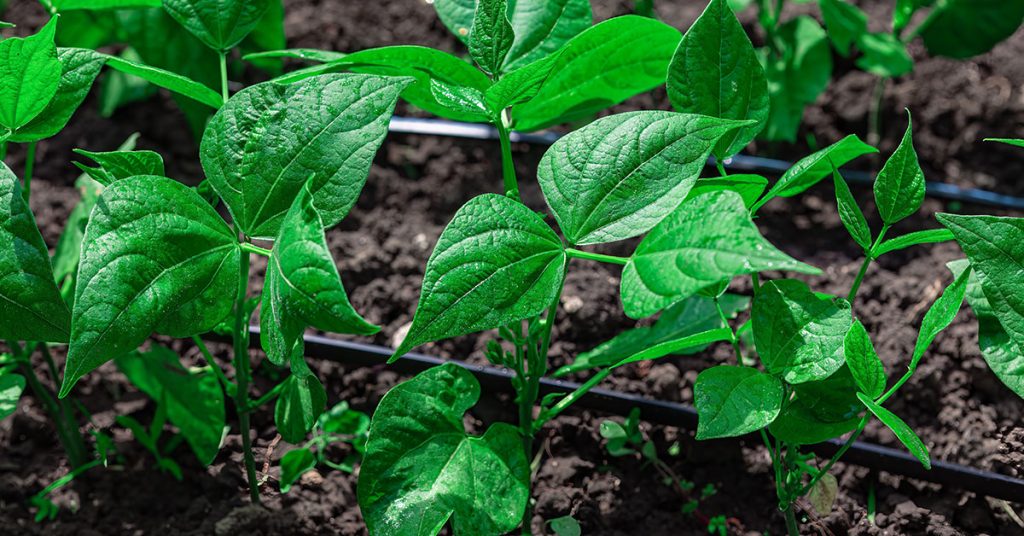
Bush beans are compact and highly productive, making them perfect for square foot gardening. You can plant 9 bush bean plants per square foot. They grow quickly and produce a bountiful harvest over several weeks. Bush beans are great for small spaces because they don’t require support like pole beans and can be harvested all at once.
One of my favorite aspects of growing bush beans is their versatility. They come in a variety of colors, including green, yellow, and purple, and can be used fresh, canned, or frozen. Bush beans are also beneficial for the soil, as they fix nitrogen, improving soil fertility for other plants. Regular harvesting encourages continuous production, ensuring a steady supply of beans throughout the growing season.
Onions
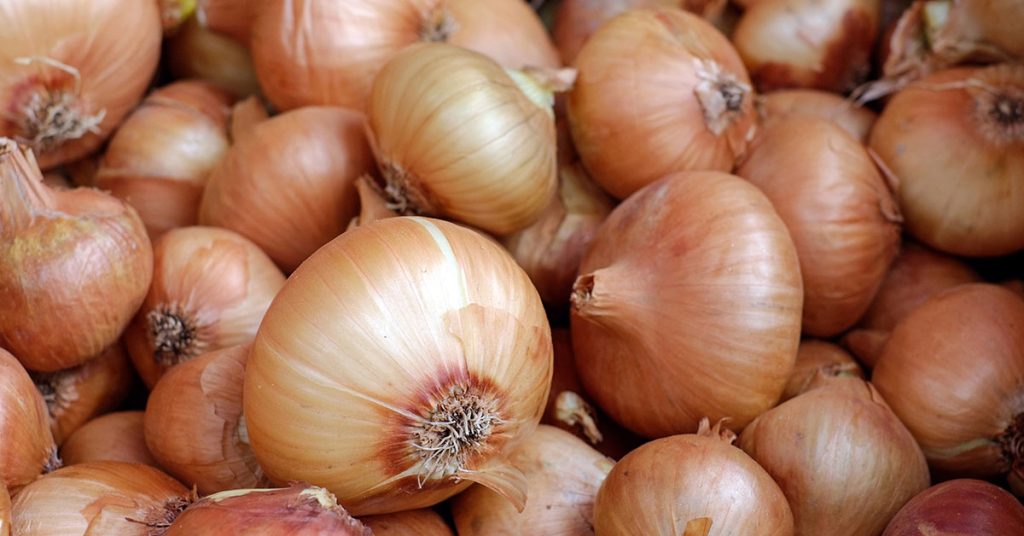
Onions are well-suited for square foot gardening because they don’t require much space. You can plant 9 onions per square foot. Onions are easy to grow and can be started from seeds, sets, or transplants. They prefer full sun and well-drained soil. Onions are versatile and can be grown for their bulbs, greens, or both.
I love growing onions because they are a kitchen staple and store well. There are many varieties to choose from, including sweet, red, yellow, and white onions. Onions also repel many common garden pests, making them excellent companions for other vegetables. Planting onions in your square foot garden ensures you always have fresh onions on hand for cooking.
Peppers
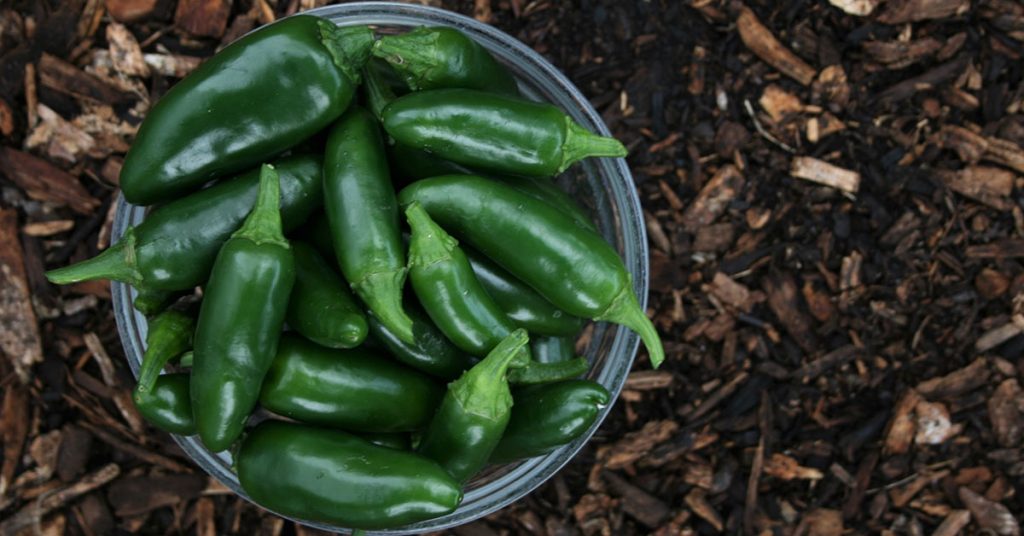
Peppers, whether sweet or hot, are perfect for square foot gardening. You can plant 1 pepper plant per square foot. Peppers require warm temperatures and plenty of sunlight to thrive. They are relatively low-maintenance once established and can produce a bountiful harvest throughout the summer.
Growing peppers is exciting because of the wide variety available. From sweet bell peppers to spicy jalapeños, there’s a pepper for every taste. Peppers are also versatile in the kitchen, perfect for fresh eating, cooking, or preserving. They can be grown in containers or directly in the garden bed, making them a flexible choice for any gardener.
Kale
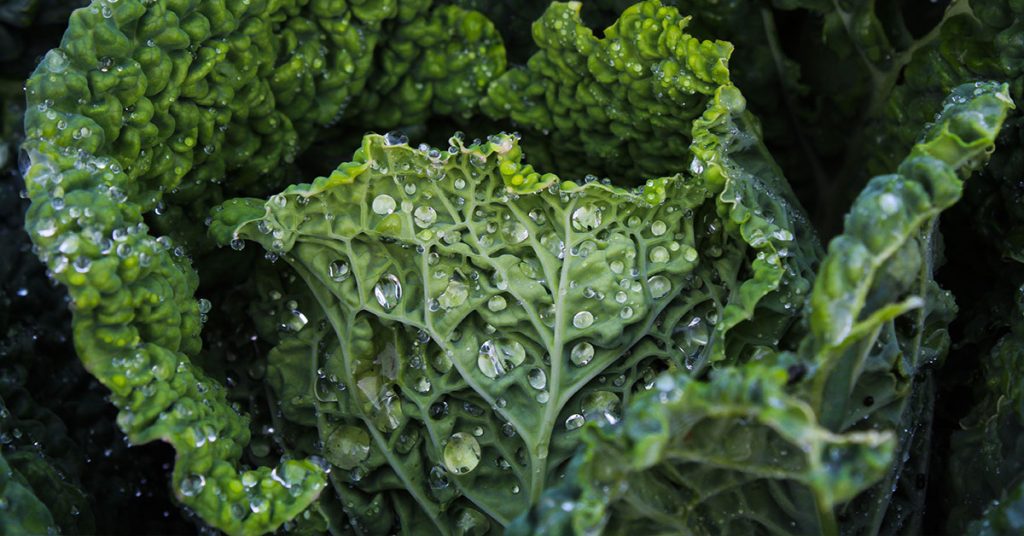
Kale is a hardy leafy green that does well in square foot gardening. You can plant 1 kale plant per square foot. Kale is known for its nutritional benefits and can be harvested continuously by picking the outer leaves. It grows well in cool weather and can be planted in early spring or late summer for a fall harvest.
One of the reasons I enjoy growing kale is its resilience. It can withstand frost and even tastes sweeter after a light frost. Kale is also versatile in the kitchen, perfect for salads, smoothies, and cooked dishes. With regular harvesting, kale can provide a steady supply of greens throughout the growing season, making it a valuable addition to any garden.
Swiss Chard
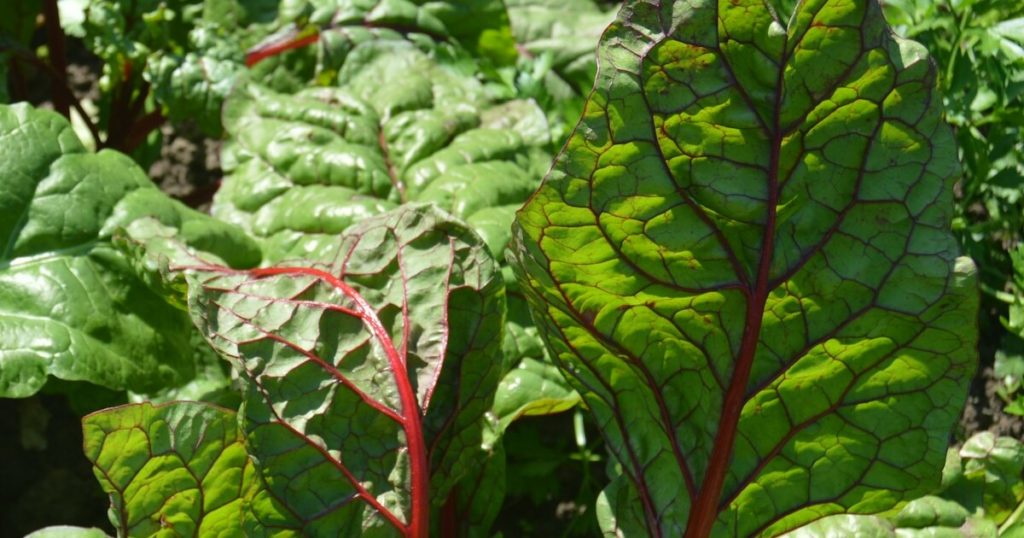
Swiss chard is an excellent vegetable for square foot gardening due to its productivity and resilience. You can plant 4 Swiss chard plants per square foot. This leafy green grows well in both cool and warm weather, making it a versatile crop. Swiss chard is known for its colorful stems and large, nutritious leaves.
Growing Swiss chard is rewarding because it produces continuously throughout the season. You can harvest the outer leaves while allowing the inner leaves to keep growing. Swiss chard is also very versatile in the kitchen, perfect for salads, stir-fries, and soups. Its vibrant colors add visual interest to your garden and meals.
Garlic
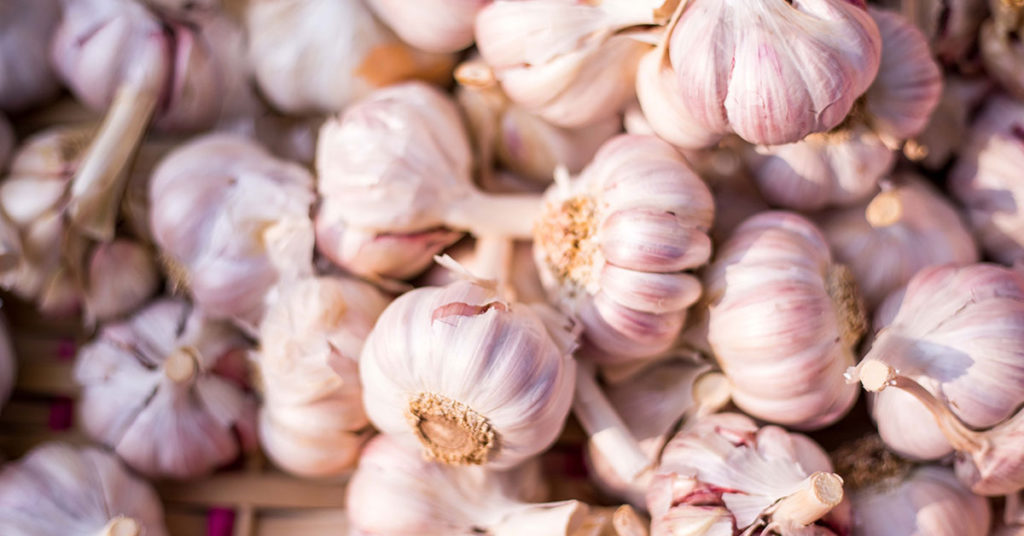
Garlic is an excellent crop for square foot gardening, as you can plant 9 garlic cloves per square foot. Plant garlic in the fall for a summer harvest. Garlic is easy to grow and requires minimal maintenance. It prefers well-drained soil and full sun.
One of my favorite things about growing garlic is its dual-purpose nature. The green shoots, known as garlic scapes, can be harvested and used in cooking before the bulbs are ready. Garlic also has natural pest-repellent properties, making it a beneficial companion plant. Homegrown garlic offers superior flavor compared to store-bought varieties and can be stored for several months.
Cucumbers
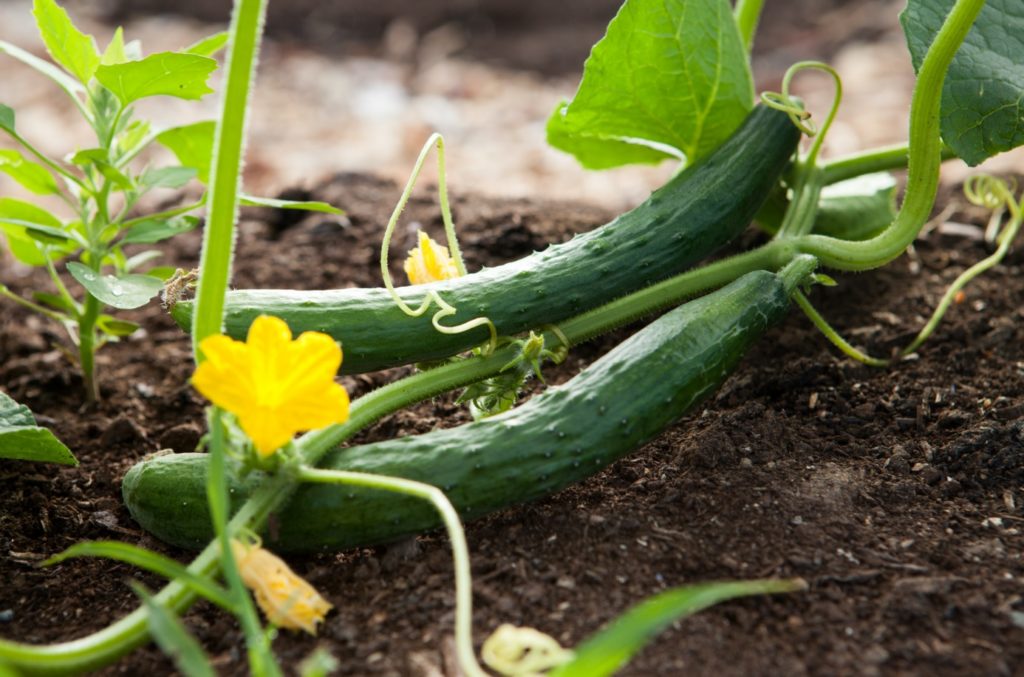
Cucumbers are a fantastic choice for square foot gardening, especially when grown vertically. You can plant 2 cucumber plants per square foot. Cucumbers thrive in warm weather and full sun. Training them to climb a trellis saves space and keeps the fruit clean and easy to harvest.
Growing cucumbers is a joy because they produce prolifically and can be used in a variety of dishes, from fresh salads to pickles. There are many varieties to choose from, including slicing cucumbers and pickling cucumbers. Regular harvesting encourages continuous production, ensuring a steady supply of cucumbers throughout the season. Vertical gardening also improves air circulation, reducing the risk of disease.
Zucchini
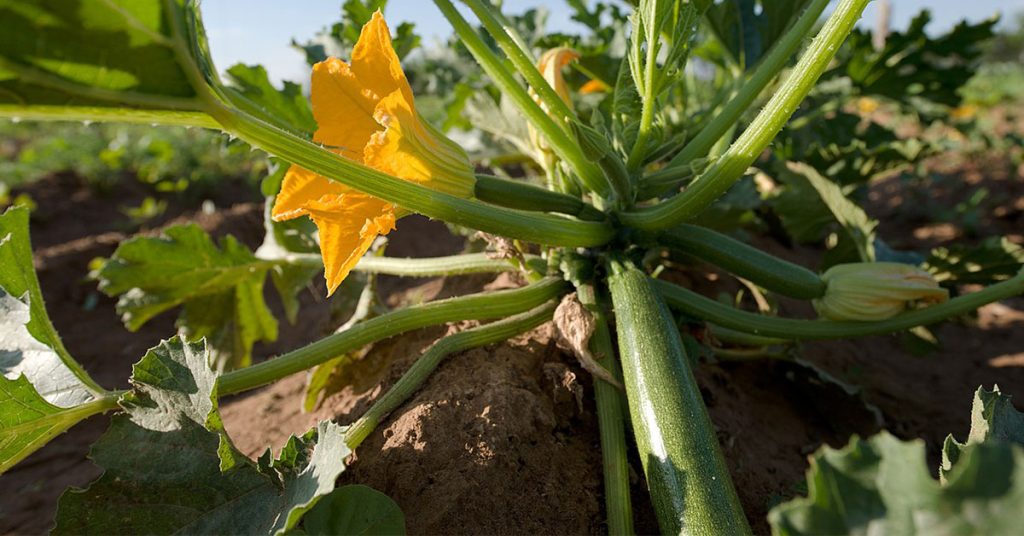
Zucchini is a prolific producer that works well in square foot gardening, particularly when grown vertically. You can plant 1 zucchini plant per square foot. Zucchini plants need plenty of space to spread out, but training them to climb a trellis can help save ground space. They thrive in warm weather and full sun.
One of the reasons I love growing zucchini is its versatility in the kitchen. From grilling to baking, zucchini can be used in countless recipes. It’s also very productive, often providing more fruit than a family can consume. Regular harvesting when the fruit is young and tender encourages the plant to produce even more. Growing zucchini vertically also helps with air circulation, reducing the risk of fungal diseases.
Peas
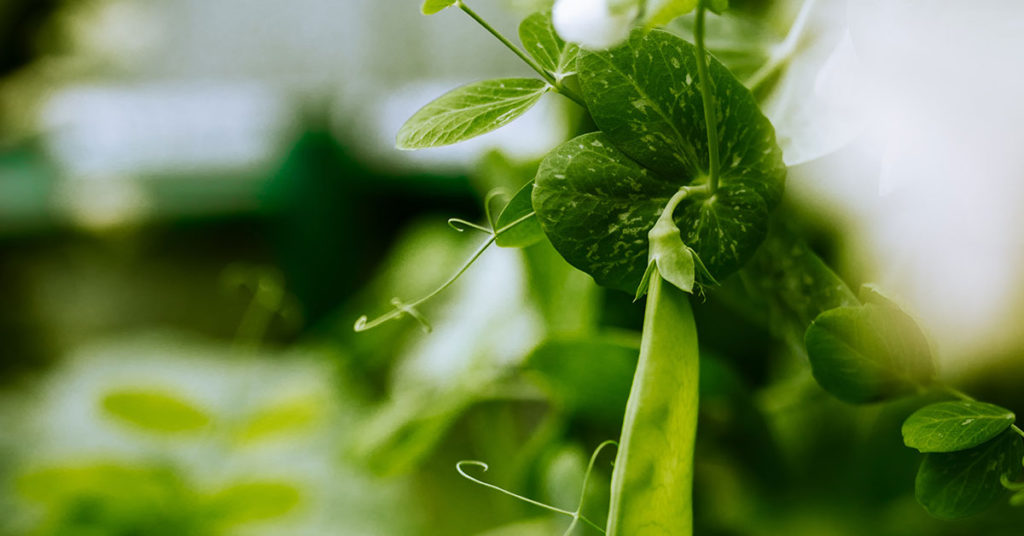
Peas are a great addition to any square foot garden, particularly when grown vertically. You can plant 8 pea plants per square foot. Peas thrive in cool weather, making them perfect for early spring and fall planting. They are easy to grow and can be trained to climb a trellis or netting, which saves space and makes harvesting easier.
Growing peas is enjoyable because they are one of the first crops to mature in the spring, offering a sweet and crunchy treat early in the season. There are several varieties to choose from, including sugar snap peas, snow peas, and shelling peas. Peas also improve soil fertility by fixing nitrogen, benefiting the plants grown nearby. Regular harvesting ensures a continuous supply of fresh peas.
Broccoli
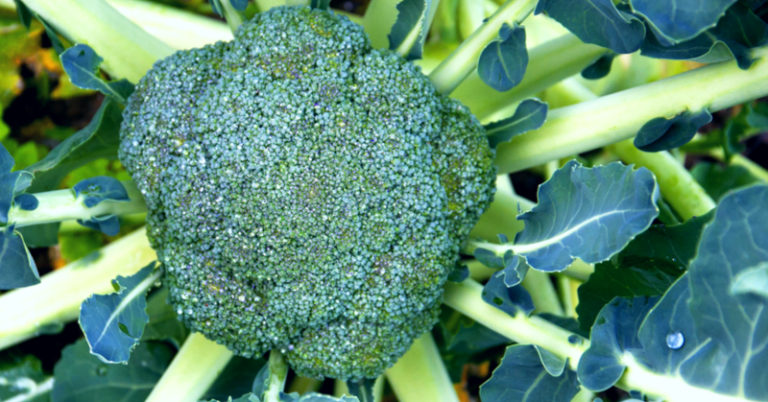
Broccoli is an excellent vegetable for square foot gardening. You can plant 1 broccoli plant per square foot. Broccoli prefers cooler temperatures and can be planted in early spring or late summer for a fall harvest. It requires rich, well-drained soil and consistent moisture for the best growth.
I enjoy growing broccoli because it is highly nutritious and can be used in a variety of dishes. After harvesting the main head, many varieties will produce side shoots that can be harvested later, extending the season. Broccoli plants also benefit from mulching, which helps retain soil moisture and suppress weeds. With proper care, broccoli can be a productive and rewarding crop in your garden.
Turnips

Turnips are well-suited for square foot gardening. You can plant 9 turnips per square foot. Turnips grow quickly and can be harvested for both their roots and greens. They prefer cool weather and can be planted in early spring or late summer for a fall harvest. Turnips thrive in well-drained soil with plenty of organic matter.
Growing turnips is rewarding because they offer a dual harvest. The greens can be used in salads or cooked like spinach, while the roots can be roasted, mashed, or added to soups and stews. Turnips come in various colors, including white, purple, and yellow, adding visual interest to your garden. Thinning the seedlings ensures that the roots have enough space to develop fully.
Cabbage
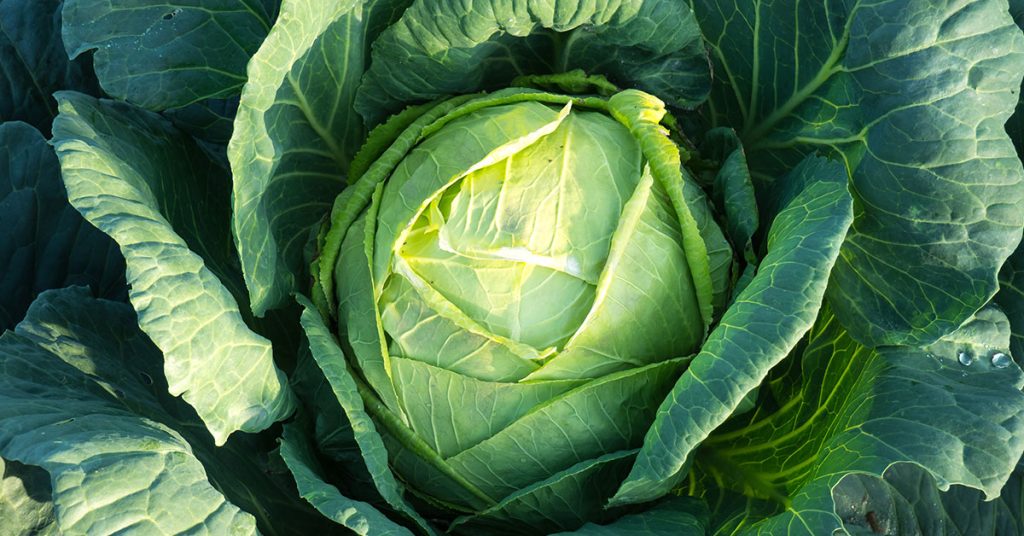
Cabbage is a great choice for square foot gardening. You can plant 1 cabbage plant per square foot. Cabbage thrives in cool weather and can be planted in early spring or late summer for a fall harvest. It requires rich, well-drained soil and consistent moisture for the best growth.
One of the reasons I enjoy growing cabbage is its versatility in the kitchen. Cabbage can be used in salads, stir-fries, soups, and fermented into sauerkraut. It is also highly nutritious, packed with vitamins and minerals. Mulching around the plants helps retain soil moisture and suppress weeds. With proper care, cabbage can be a productive and rewarding crop in your garden.
Kale

Kale is a hardy leafy green that does well in square foot gardening. You can plant 1 kale plant per square foot. Kale is known for its nutritional benefits and can be harvested continuously by picking the outer leaves. It grows well in cool weather and can be planted in early spring or late summer for a fall harvest.
One of the reasons I enjoy growing kale is its resilience. It can withstand frost and even tastes sweeter after a light frost. Kale is also versatile in the kitchen, perfect for salads, smoothies, and cooked dishes. With regular harvesting, kale can provide a steady supply of greens throughout the growing season, making it a valuable addition to any garden.
Eggplant
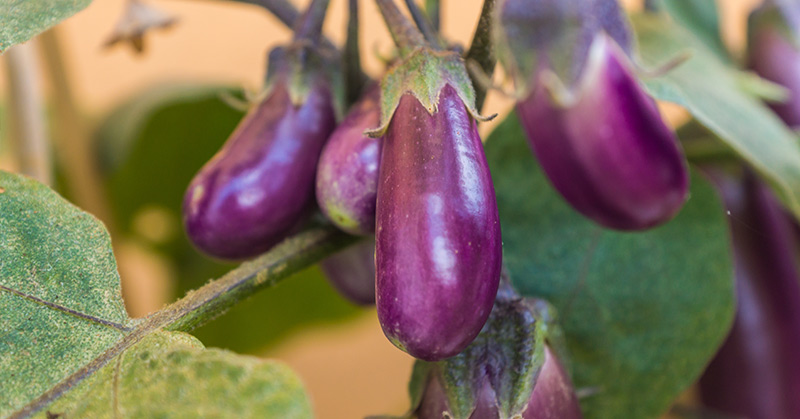
Eggplant is an excellent choice for square foot gardening, especially in warm climates. You can plant 1 eggplant per square foot. Eggplants thrive in full sun and well-drained soil. They require consistent moisture and benefit from mulching to retain soil moisture and regulate temperature.
Growing eggplant is rewarding because of the variety of colors and shapes available. From classic purple to white and striped varieties, eggplants add visual interest to your garden. They are versatile in the kitchen, perfect for grilling, roasting, and adding to stews and curries. Regular harvesting encourages continuous production, ensuring a steady supply of eggplants throughout the season.
Tomatoes

Tomatoes are a staple in many gardens and are perfect for square foot gardening, especially when grown vertically. You can plant 1 tomato plant per square foot. Tomatoes thrive in warm weather and require full sun. They benefit from rich, well-drained soil and consistent watering.
One of my favorite aspects of growing tomatoes is the wide variety available. From cherry tomatoes to large beefsteak varieties, there’s a tomato for every taste and use. Growing tomatoes vertically on a trellis or cage saves space and improves air circulation, reducing the risk of disease. Regular pruning and harvesting ensure a bountiful and continuous harvest throughout the season.
Basil
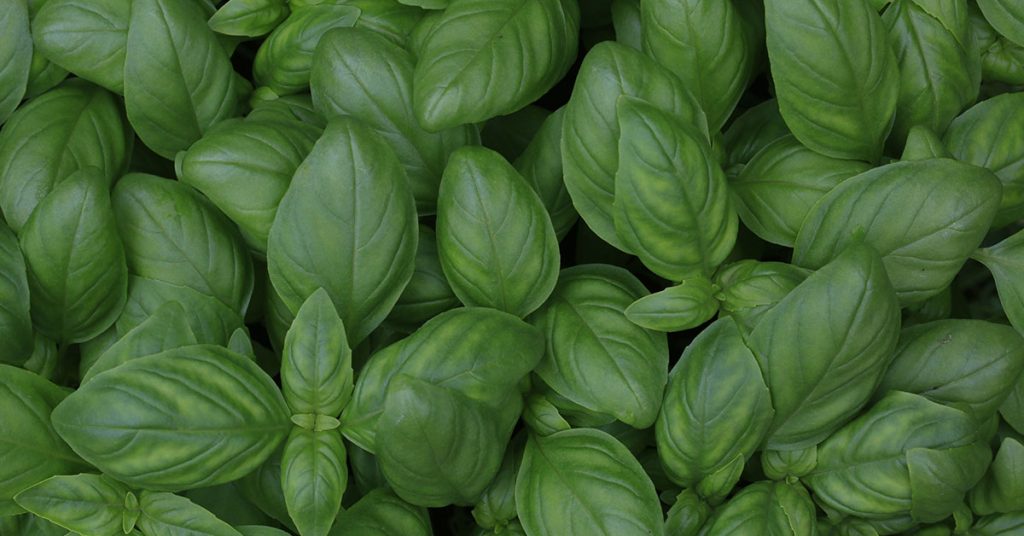
Basil is a fragrant herb that pairs well with many vegetables, especially tomatoes. You can plant 4 basil plants per square foot. Basil thrives in warm weather and full sun. It requires well-drained soil and regular watering.
Growing basil is delightful because of its aromatic leaves and versatility in the kitchen. It can be used fresh in salads, pesto, and sauces, or dried for later use. Regularly pinching off the flower buds encourages bushier growth and more leaves. Basil also acts as a natural pest repellent, making it an excellent companion plant for tomatoes and peppers.
